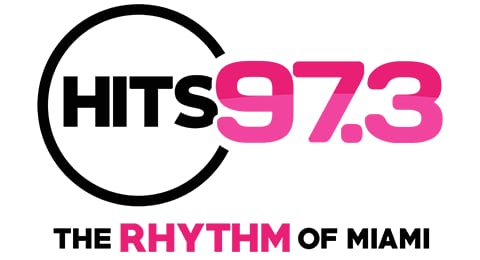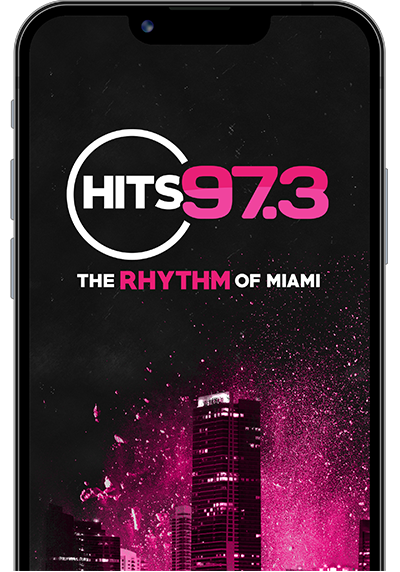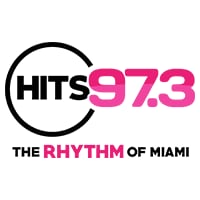The American Heart Association and the American College of Cardiology have issued new blood pressure guidelines, including how to keep your numbers low.
The previous guidelines, introduced in 2017, suggested lifestyle changes and possibly medication would be needed for patients with systolic blood pressure at 140 or higher, USA Today reported.
The range potentially is now 130 through 139.
Normal blood pressure is a systolic pressure under 120 and a diastolic pressure under 80. Elevated is when systolic is between 120 and 129 and diastolic is under 80, according to the American Heart Association.
Stage 1 high blood pressure, or hypertension, is 130-139 or a diastolic between 80 and 89.
Stage 2 is when your systolic pressure is 140 or higher or your diastolic is 90 or higher.
Severe hypertension, previously called hypertensive urgency, is when the systolic pressure is higher than 180 and/or when the diastolic pressure is higher than 120. Those numbers are also considered a hypertensive emergency when they’re accompanied by symptoms such as chest pain, shortness of breath, back pain, numbness, weakness, change in vision or difficulty speaking.
For pregnant women, the categories are:
Non-hypertensive - less than 140 systolic pressure and diastolic pressure less than 90.
Hypertension in pregnancy - 140 or higher systolic pressure or a diastolic pressure of 90 or higher.
Severe hypertension - 160 or higher systolic pressure and diastolic pressure of 110 or higher.
If you have severe hypertension and have any of the following symptoms, you should call 911: severe headache, change in vision, abdominal pain, chest pain, significant swelling or shortness of breath.
The two groups said one key to keeping blood pressure in range is lower alcohol consumption.
While both would like people to be dry, they said that men should have no more than two drinks a day, while women should have no more than one a day.
Consuming alcohol can raise both the systolic and diastolic numbers.
Those who don’t drink have a lower risk of hypertension. If you lower your intake by 50% then experts say your blood pressure will be at a healthy level.
Another key is to limit sodium intake to 2,300 mg a day. A better target is 1,500 mg.
Weight loss may also help. Losing about 5% of body weight can help lower blood pressure, the American Heart Association said.
The groups suggest eating a DASH diet that focuses on vegetables, fruits, whole grains, nuts, seeds, and low-fat/nonfat dairy while also eating lean meat, poultry and fish, USA Today reported.
People should also exercise for low blood pressure, with at least 75 to 150 minutes a week.
If lifestyle changes are not enough after three to six months, the American College of Cardiology said that medication may be needed to lower blood pressure.
Click here to read all of the new recommendations from the ACC.
©2025 Cox Media Group










